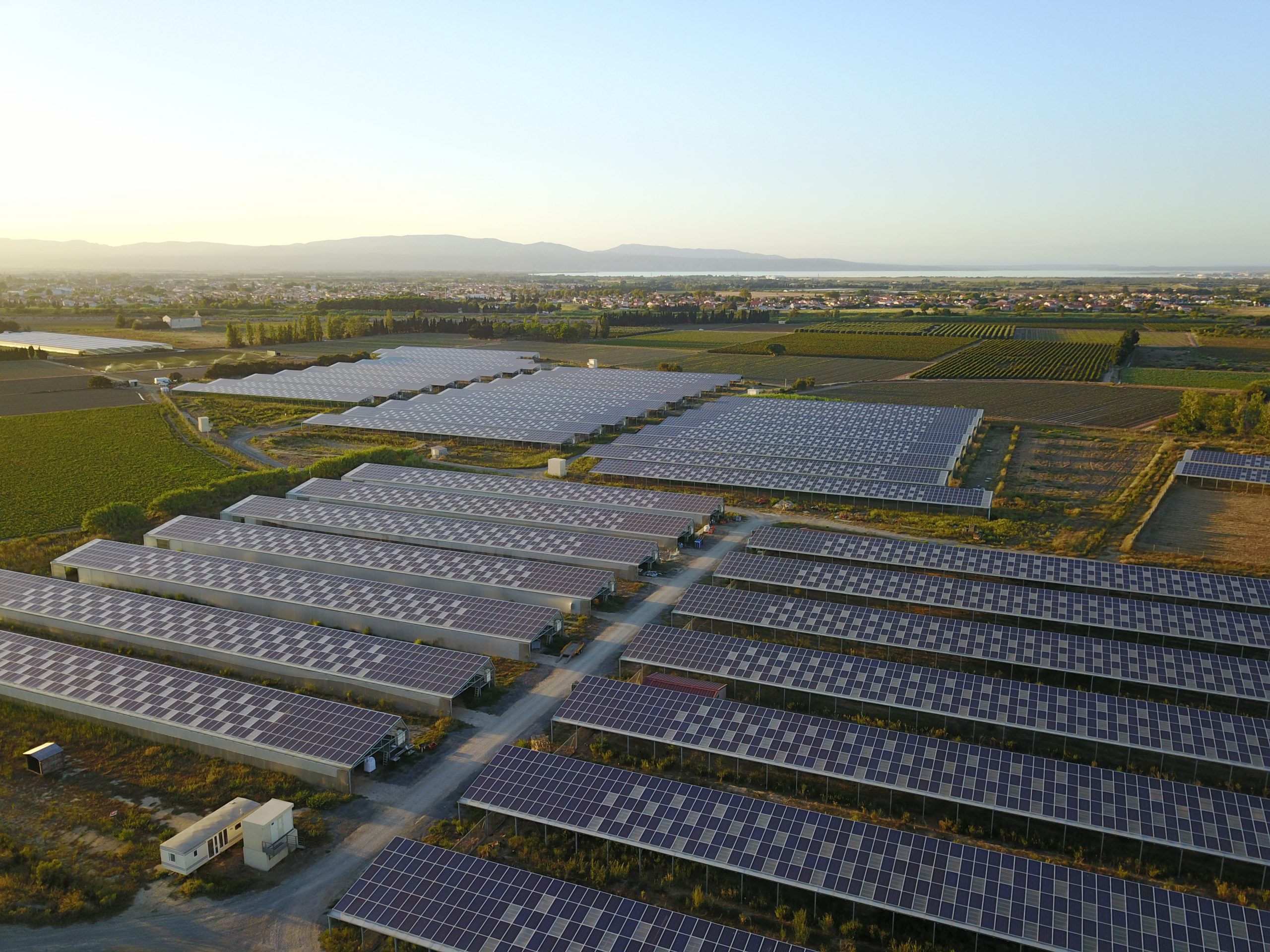Amarenco is a household name in Ireland’s renewable energy sector, yet with no solar farms developed by any player in the Republic until now, the company had somehow drifted away to the back of my mind – and, I suspect, to that of many industry observers – as an essentially French operator with distant connections to its original investors and formal headquarters in Cork. There were occasional announcements, which tended to become more frequent in recent months: a capital restructure, two funding rounds in the €10-15 million range, a strong showing in the results of Ireland’s first Renewable Electricity Support…
Cancel at any time. Are you already a member? Log in here.
Want to read the full story?
Unlock this article – and everything else on The Currency – with an annual membership and receive a free Samsonite Upscape suitcase, retailing at €235, delivered to your door.

